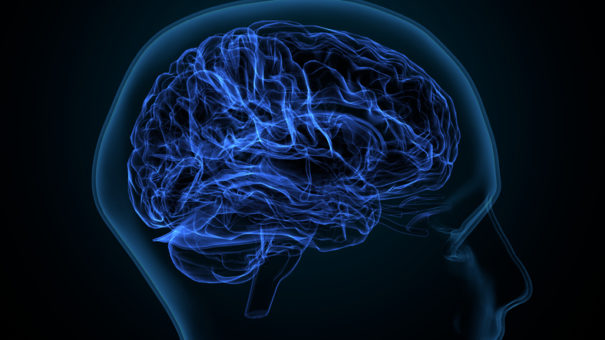Can you rewire your brain? Studies on the plasticity of the brain show it can be much more resilient than previously thought. These studies also confirm the ability to successfully modify behavior with techniques like cognitive behavior therapy (CBT).
What is Brain Plasticity?
Neuroplasticity, or brain plasticity, refers to the malleability of the building blocks of the brain. The two main types of neuroplasticity are:
- Functional plasticity: the brain’s ability to move functions from a damaged area of the brain to other undamaged areas
- Structural plasticity: the brain’s ability to actually change its physical structure as a result of learning
Through brain plasticity, our brains can create new connections, recognize new pathways and strengthen areas of functioning that have been lost over time.
Reshaping and Reconnecting the Plastic Brain
In 2016, the Kavli prize for outstanding scientific work in neuroscience was awarded to three scientists for research in brain plasticity that they had been conducting for more than thirty years. The studies proved that previous concepts of human brain function were inaccurate and that the brain is not structured to function in a permanent way. The studies also led to Dr. Michael Merzenich’s development of the cochlear implant, a device that reconnects the ear to the brain and allows the deaf to hear. Merzenich’s pioneering work with brain training techniques, such as computer-driven mental and physical training programs, have also helped people with mental health issues, such as bipolar disorder.
Changing Your Brain with Cognitive Behavioral Therapy (CBT)
Cognitive behavioral therapy (CBT) is based on the theory that what we think and how we act directly influences the way we feel. By altering thinking that is distorted and behavior that is not productive to our needs, we can actually change our emotions, and ultimately, our lives. With adolescents and teens, focusing primarily on the behavioral element of CBT can produce faster results when they are in treatment programs. The goal in most cases is to unlearn unwanted behavior.
CBT has long been a very effective tool in the treatment of mental health disorders, such as depression, post-traumatic stress disorder or eating disorders, but you don’t have to suffer from a mental health condition to benefit from CBT. It can also help someone learn how to manage stress more productively in daily situations.
A common technique in CBT for adolescents with anxiety disorders is called exposure and response prevention. The basic concept involves exposing kids to the issues that trigger their anxiety in small, measured steps, within a safe environment. As they become familiar to each of the triggers, these adolescents discover their anxiety diminishes, and they feel strong enough to tackle other powerful obstacles in their lives.
If someone you love is struggling with a serious behavior-related mental health issue, Discovery Mood & Anxiety Program can help.
More from Discovery Mood & Anxiety Program:
